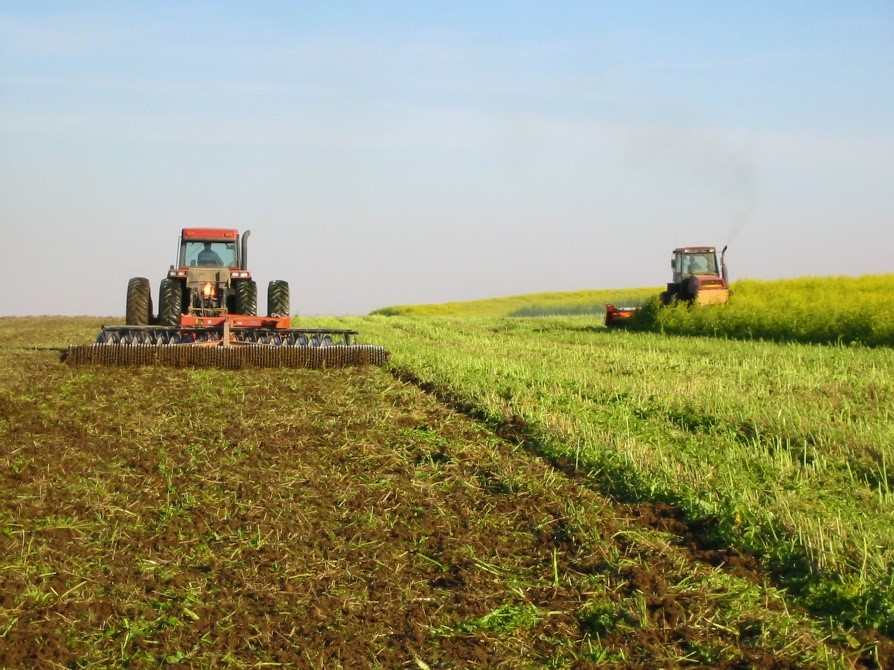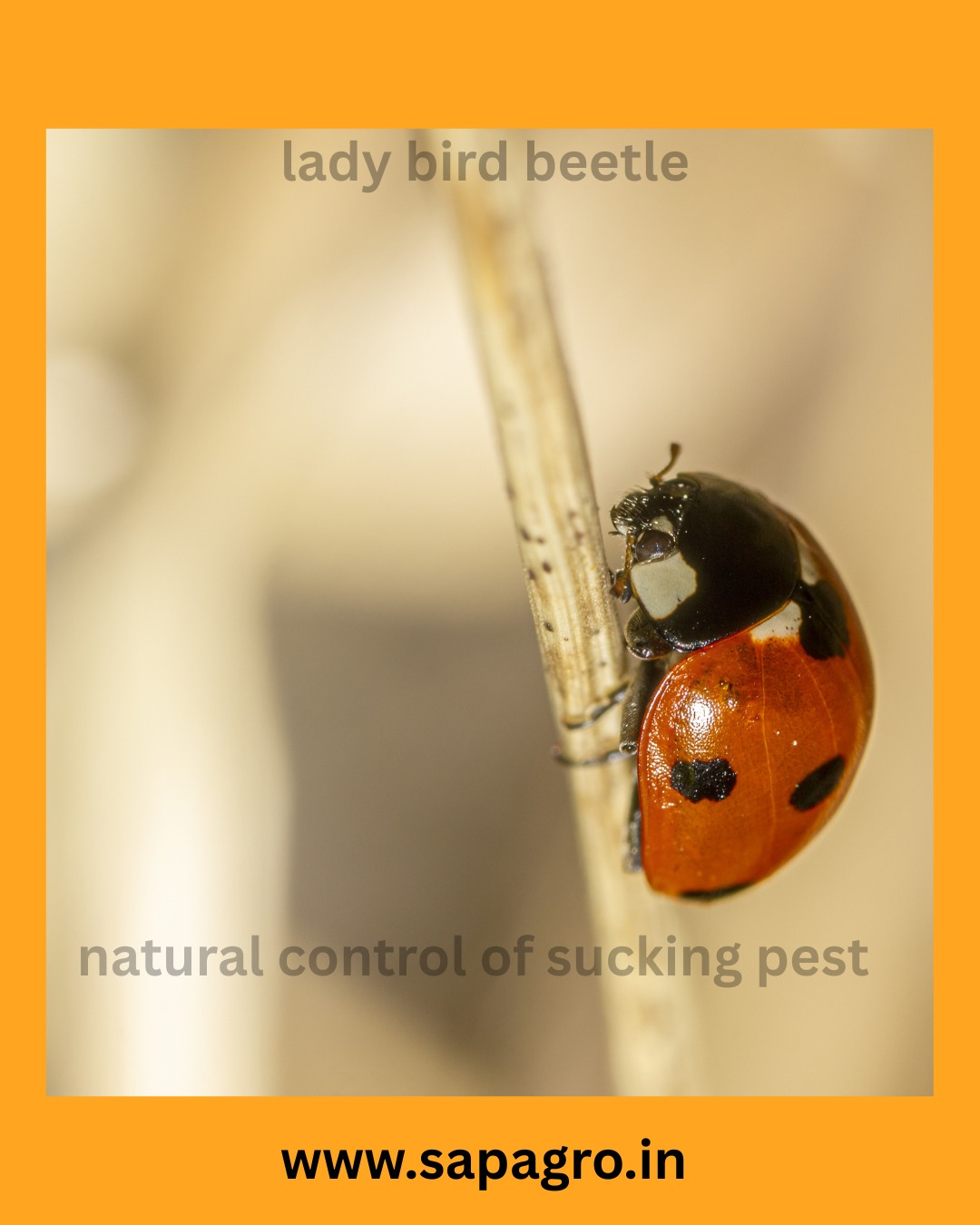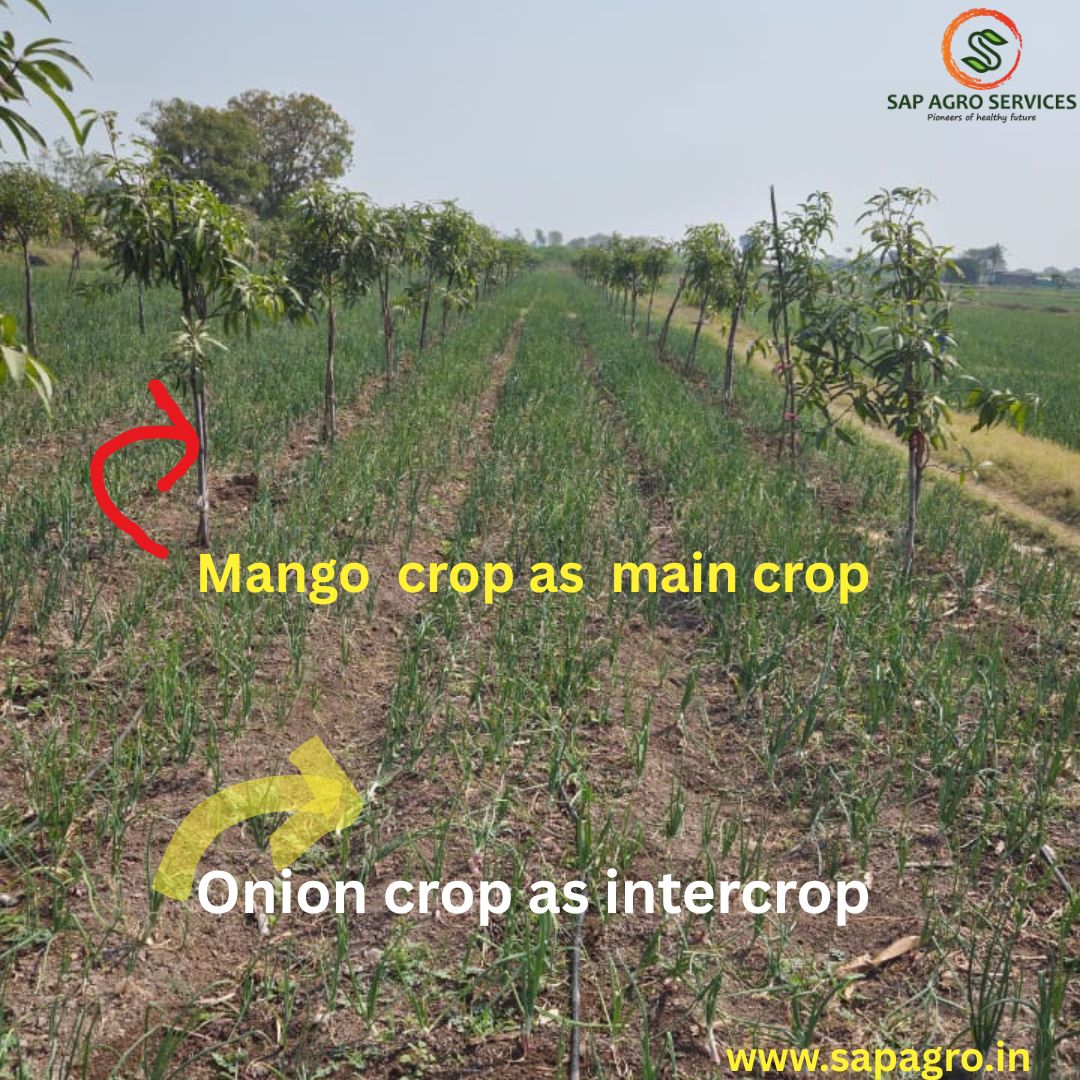In the dynamic realm of agriculture, where sustainability is not just a buzzword but a necessity, the concept of green manures crops has emerged as a beacon of hope. For millennia, farmers have been harnessing the power of nature to enhance soil fertility, and green manure crops stand as a testament to this age-old wisdom.
Application of green leaves and twigs of trees, shrubs, and herbs collected from elsewhere is known as green leaf manuring.
Forest tree leaves are the main sources of green leaf manure. Plants growing in wastelands, field bunds, etc., are another source of green leaf manure. The important plant species useful for green leaf manure are neem, mahua, wild indigo, Glyricidia, Karanji (Pongamia glabra) calotropis, avise(Sesbania grandiflora), subabul and other shrubs.
Sunn hemp, dhaincha, pillipesara, cluster beans, and Sesbania rostrata are the most significant green manures crops. Legumes like vetch, alfalfa, and clover, and non-legumes like rye, oats, and barley are examples of plants frequently used for green manuring.
Green manure crops, also known as cover crops or living mulches, are plants grown primarily to improve soil health rather than for harvest. These crops are typically grown during fallow periods or alongside cash crops, acting as natural fertilizers and soil conditioners. Unlike traditional fertilizers, green manure crops offer a holistic approach to soil enrichment while minimizing environmental impacts.
Characteristics of Green Manuring Crops:
Ø Capable of establishing and growing quickly.
Ø Tolerant to adverse climatic conditions such as drought, water logging, high and low temperatures, etc, and tolerant to pests and diseases.
Ø Should possess adequate Rhizobium nodulation potential and must be an effective nitrogen fixer.
Ø Should be capable of growing very fast and capable of accumulating sufficient fixed N in 4-6 weeks.
Ø Easy to incorporate and quickly decomposable.
Types of Green Manures: a) GREEN MANURING IN SITU: Green manuring crops are grown and buried in the crop field either as a pure crop or as an intercrop with the main crop.
Benefits of Green Manures Crops:
- Contribute Nitrogen ranging from 50-175 Kg/ha.
- A huge quantity of Organic matter is added to the soil.
- Increases water and nutrient holding capacity of the soil.
- Increases microbial population in the soil.
- Improves the physical condition of soil and increases the availability of various macro and micronutrients.
- No adverse impact on soil and environment, hence environment-friendly and helps in maintaining the fertility of the soil in the long term.
- Soil Enrichment: Green manure crops play a pivotal role in enhancing soil fertility by fixing atmospheric nitrogen through symbiotic relationships with nitrogen-fixing bacteria. Leguminous cover crops such as clover, vetch, and alfalfa are renowned for their ability to replenish nitrogen levels, thereby reducing the reliance on synthetic fertilizers.
- Weed Suppression: Cover crops act as a natural barrier against weed proliferation by outcompeting unwanted plant species for essential resources such as sunlight, water, and nutrients. This suppressive effect not only mitigates weed pressure but also reduces the need for herbicides, fostering a more sustainable farming ecosystem.
- Erosion Control: The extensive root systems of green manure crops help bind soil particles together, minimizing erosion risks caused by wind and water. In regions prone to soil degradation, cover crops serve as an invaluable tool for preserving soil structure and preventing nutrient runoff, thus safeguarding agricultural productivity.
- Improved Soil Structure: By promoting microbial activity and organic matter decomposition, green manure crops contribute to the development of robust soil structure. This enhanced soil aggregation enhances water infiltration and retention capacities, fostering optimal growing conditions for subsequent cash crops.
- Pest and Disease Management: Certain cover crops, such as marigold and mustard, exhibit allelopathic properties that repel pests and inhibit the growth of soil-borne pathogens. Incorporating these biofumigant crops into crop rotations can effectively reduce pest pressure and disease incidence, thereby minimizing reliance on chemical pesticides.

Tips for harvesting maximum benefits from green manuring
1. Choice of crop.
2. Time of sowing.
3. Time of Incorporation into the soil.
4. Time gap between incorporation & sowing of next crop –
The time required for the complete decomposition of the turned-in green matter before planting the next crop depends upon:
a. Weather conditions.
b. Nature of the buried green materials.
c. Soil texture and availability of moisture.
Potentials of Green Manuring:
- 1 ton of legume green manure – 2.8 to 3.0 tons FYM
- 1 ton of legume green manure – 4.5 to 7.0 kg of Nitrogen
- 1 ton of legume green manure – 10 kg urea.
Embracing Green Manure Practices:
The adoption of green manure practices represents a paradigm shift towards regenerative agriculture, wherein farmers work in harmony with nature to cultivate resilient and sustainable food systems. From small-scale organic farms to large-scale agribusiness operations, integrating cover crops into cropping systems offers a plethora of long-term benefits that transcend mere yield maximization.
Conclusion:
In a world grappling with the urgent challenges of climate change and food insecurity, the role of green manure crops in fostering agricultural resilience cannot be overstated. As we navigate the complexities of modern agriculture, let us embrace the wisdom of the past and harness the transformative potential of green manures practices to cultivate a future where farming thrives in harmony with nature. Together, let us sow the seeds of sustainability and reap the bountiful harvests of a greener, healthier tomorrow.
Why choose SapAgro’s Training Program Expert Guidance:
Learn from seasoned professionals with over 17 years of hands-on experience in organic farming.
Comprehensive Curriculum: Sap Agro’s program covers every aspect, from soil health to market strategies, ensuring a holistic understanding of organic farming.
Proven Success Stories: The success stories of farmers trained by Sap Agro stand as a testament to the effectiveness of their training program.
Sustainable Practices: Gain insights into sustainable farming practices that not only benefit the environment but also contribute to the profitability of your venture.
In the pursuit of a profitable and sustainable future in organic farming, Sap Agro’s Organic Farming Training in India Program becomes a guiding light.
As we conclude this exploration, we encourage aspiring farmers to consider Sap Agro as a gateway to success.
Seize the opportunity to learn, grow, and thrive in the organic farming landscape with Sap Agro. Together, let’s cultivate a future that not only yields profitable harvests but also nurtures our planet for generations to come.














